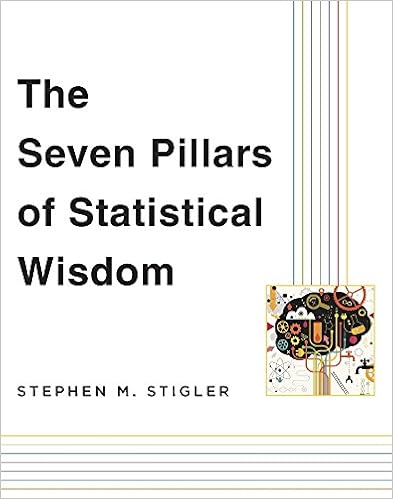Latest Posts
rssAlways ask yourself: what did I learn from that loss?
 “The people who survive avoid snowball scenarios in which bad trades cause them to become emotionally destabilized and make more bad trades. They are also able to feel the pain of losing. If you don’t feel the pain of a loss, then you’re in the same position as those unfortunate people who have no pain sensors. If they leave their hand on a hot stove, it will burn off. There is no way to survive in the world without pain. Similarly, in the markets, if the losses don’t hurt, your financial survival is tenuous.”
“The people who survive avoid snowball scenarios in which bad trades cause them to become emotionally destabilized and make more bad trades. They are also able to feel the pain of losing. If you don’t feel the pain of a loss, then you’re in the same position as those unfortunate people who have no pain sensors. If they leave their hand on a hot stove, it will burn off. There is no way to survive in the world without pain. Similarly, in the markets, if the losses don’t hurt, your financial survival is tenuous.”
Losses happen and they are part of our trading education. If you don’t learn anything out of them, it is money wasted. Always ask yourself: what did I learn from that loss? What could I do, not to repeat it again.
"The Essence Of Speculation" By Seth Klarman:

A thin orange line: The India-Pakistan border from space

Clusters of yellow lights on the Indo-Gangetic Plain reveal numerous cities large and small in this astronaut photograph of northern India and northern Pakistan. Of the hundreds of clusters, the largest are the capital cities of Islamabad, Pakistan, and New Delhi, India. (For scale, these metropolitan areas are approximately 700 kilometers or 435 miles apart.) The lines of major highways connecting the cities also stand out. More subtle, but still visible at night, are the general outlines of the towering and partly cloud-covered Himalayas to the north (image left). (more…)
Time is money.

2- Trading Lessons
The Seven Pillars of Statistical Wisdom- Book Review
 The Seven Pillars of Statistical Wisdom by Steve Stigler provides an illuminating and entertaining foundation for statistical activity. The seven pillars are Aggregation, Information, Likelihood, Intercomparison, Regression, [Experiment] Design, and Residuals. Every page of the book contains something fascinating and instructive.
The Seven Pillars of Statistical Wisdom by Steve Stigler provides an illuminating and entertaining foundation for statistical activity. The seven pillars are Aggregation, Information, Likelihood, Intercomparison, Regression, [Experiment] Design, and Residuals. Every page of the book contains something fascinating and instructive.
It is at once an adventure story, a history lesson, a textbook on the foundations of statistics, and a tour de force with ingenious extensions of the works of the great in each field in Stigler’s own inimitable hand — a persona that reminds one of Stigler’s heroes, Galton himself.
The level of the book is such that the layman and the expert will both gain from it. I found every page insightful and it uplifts one to be part of a field with so many ingenious founders, and to know that there are such pillars that hold the edifice up.
I recommend the book highly. It is a masterpiece classic that will live forever.
Thought For A Day
A FAIR APPROXIMATION FOR A SUCCESS FORMULA
A fair approximation for a success formula would be:
- Pursue multiple sources of well-being and success;
- Express those through activities that bring favorable returns with minimal wear-and-tear;
- Stay flexible and rebalance your life periodically as needs and circumstances change.
In other words, life success requires savvy asset management. It’s not about pouring yourself into the next big opportunity or going with a consensus flow. Rather, success hinges upon deeply understanding the factors that create returns and finding the right expressions and blendings of these.
Life is more than a succession of unconnected trades. At its best, life is a portfolio of investments that generate positive and meaningful returns. That can only happen, however, if we take the reins and thoughtfully manage our life’s assets.
Thought For A Day



